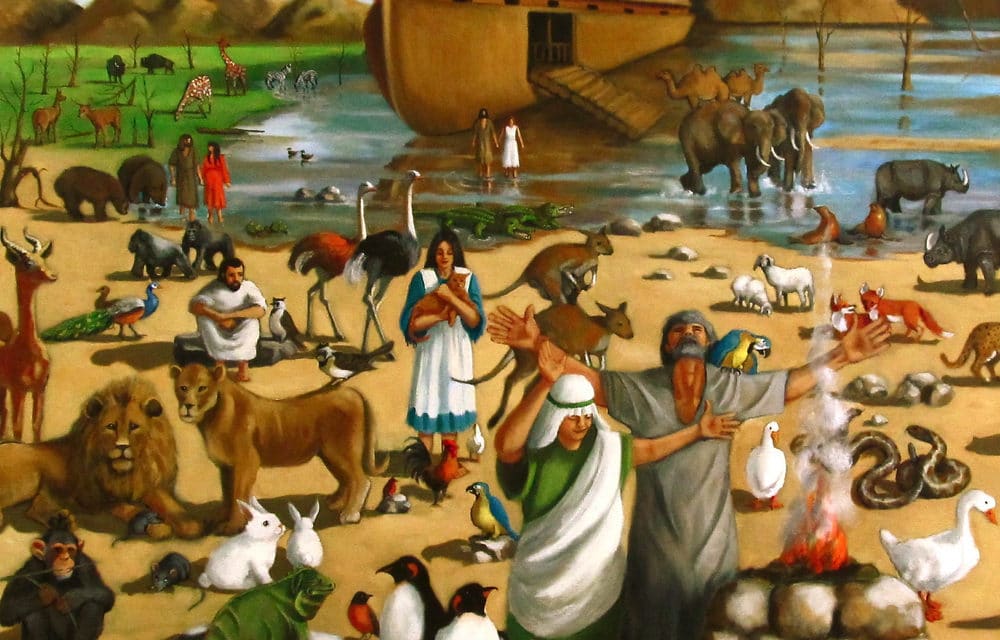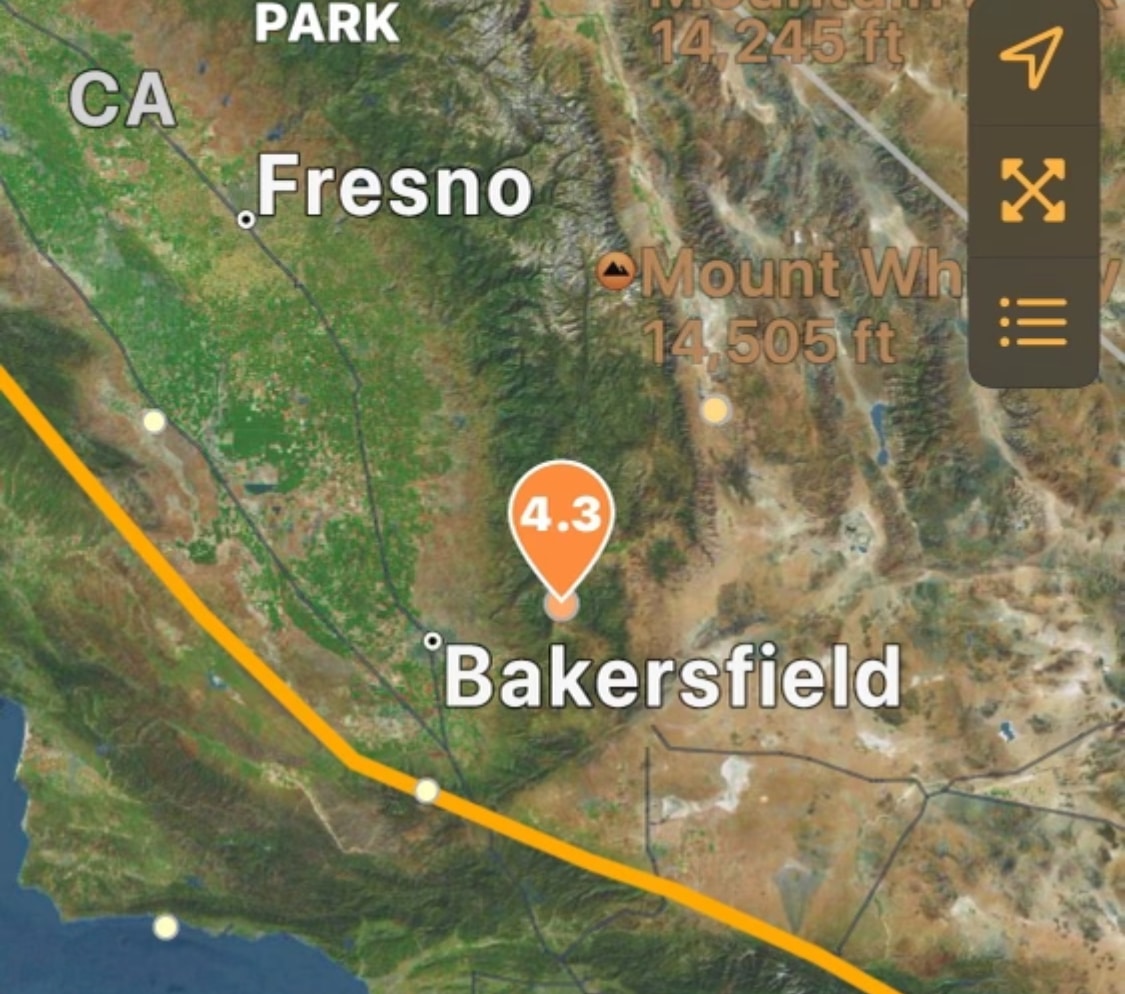(OPINION) BIN – Dr. Martin Worthington, a senior lecturer in Assyriology at the University of Cambridge, published a new book last month titled Ea’s Duplicity in the Gilgamesh Flood Story in which he analyzes the Gilgamesh Epic, a 3,000-year-old epic poem from ancient Mesopotamia that predates the Bible and relates a story similar to the Biblical story of the flood in the time of Noah. Only a few tablets of the Gilgamesh Epic have survived. The later “standard” version dates from the 13th to the 10th centuries BCE.
Some of the best copies were discovered in the library ruins of the 7th-century BCE Assyrian king Ashurbanipal. Dr. Worthington based his theories on the 11th tablet of Gilgamesh, dating back to 700BC, which provides the Babylonian account of the legendary Biblical flood written in cuneiform considered by some historians to be the oldest example of a written language. Gilgamesh is a historical king of the Sumerian city-state of Uruk whose supposed historical reign is believed to have been approximately 2700 BCE. He observes that a man named Utnapishtim was immortal and inquires as to how he acquired immortality. Utnapishtim claims his immortality came as a result of his role in a global flood. READ MORE

















